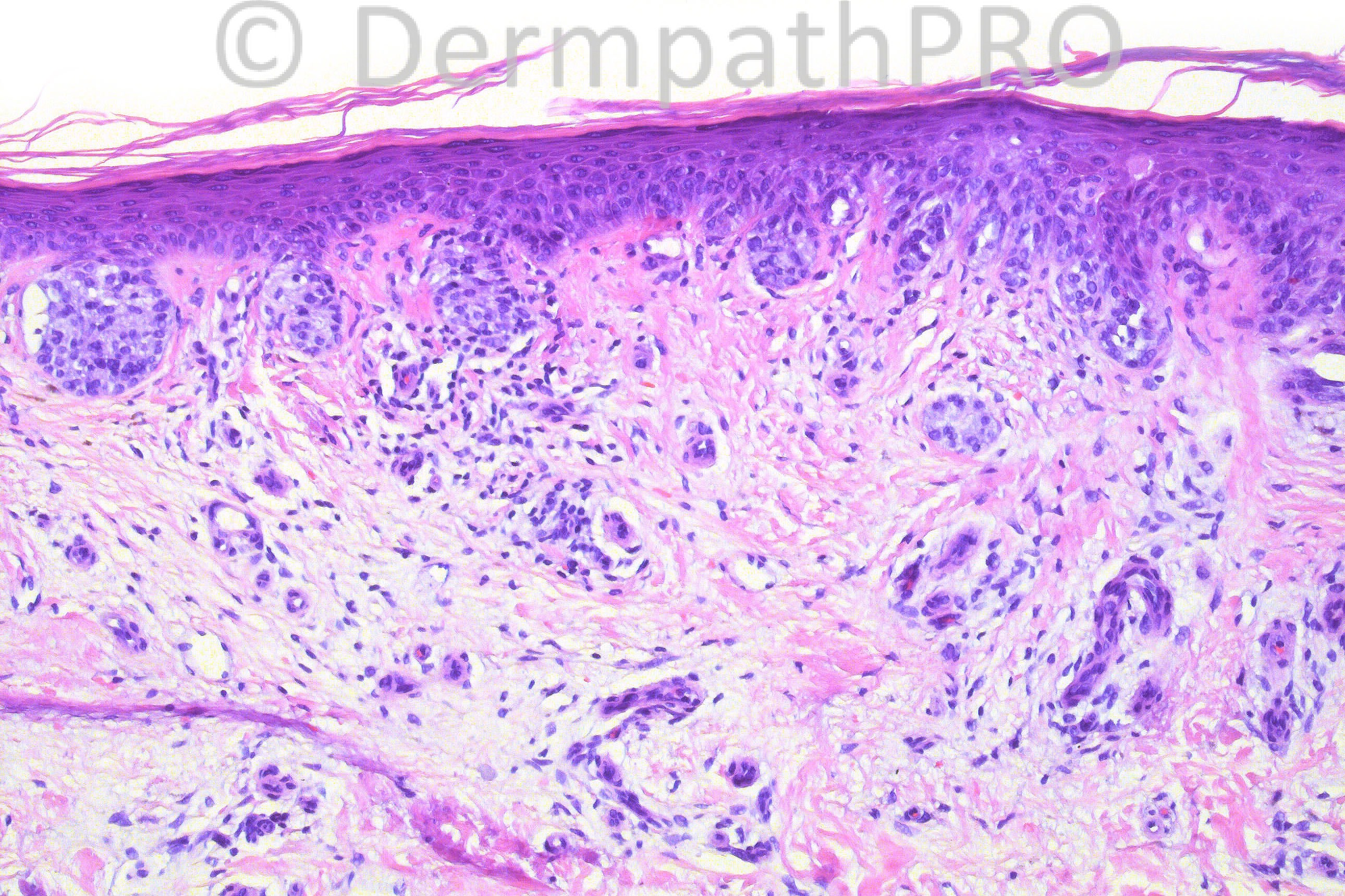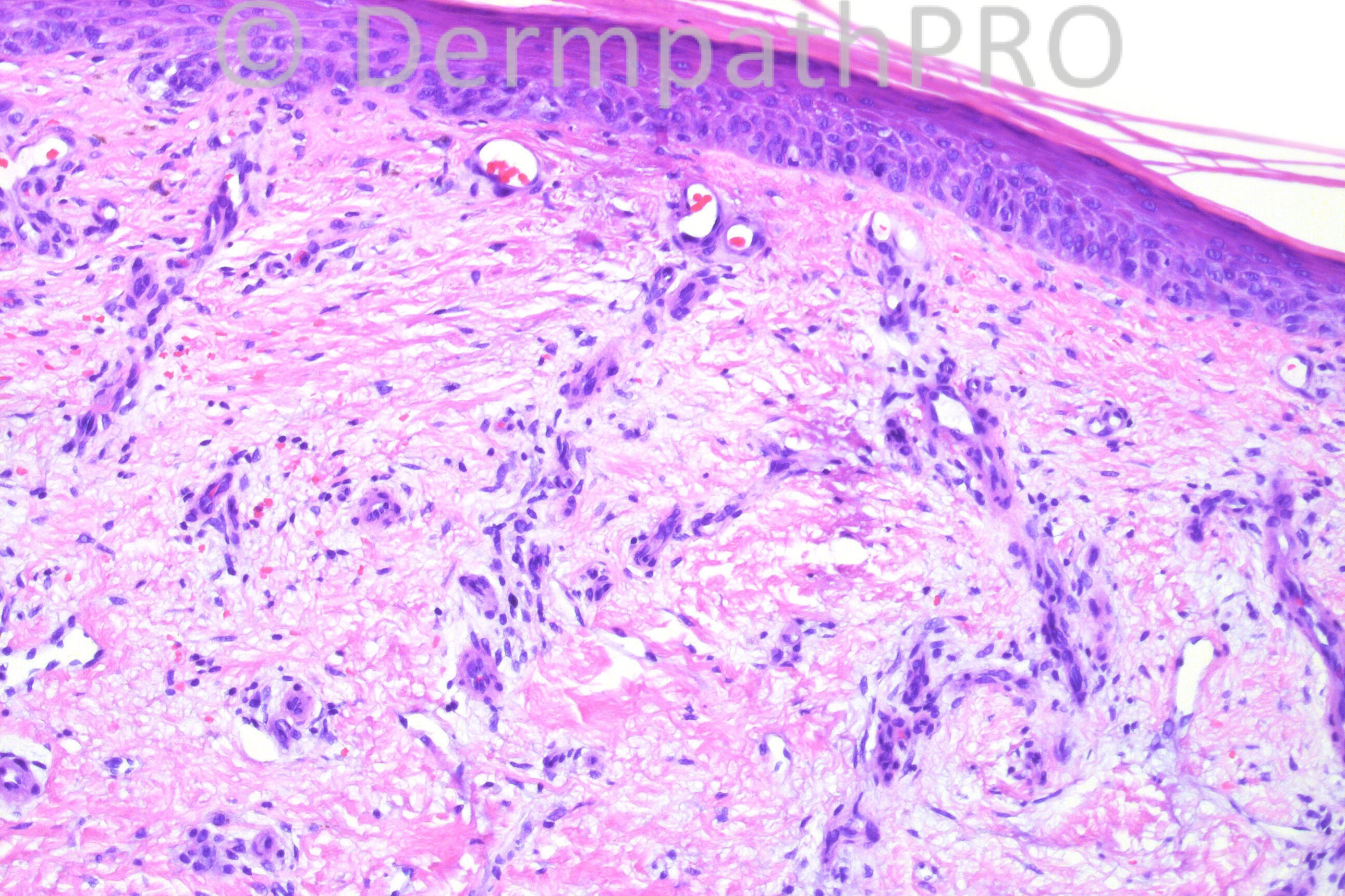Case Number : Case 695 - 13 Feb Posted By: Guest
Please read the clinical history and view the images by clicking on them before you proffer your diagnosis.
Submitted Date :
61-year-old white male with traumatized pigmented lesion on left calf. Clinical is dysplastic nevus vs. pigmented BCC vs. SK vs. other.
Case posted by Dr. Hafeez Diwan
Case posted by Dr. Hafeez Diwan






User Feedback